Contact Us
STATEN ISLAND FIBERAMA
STATEN ISLAND FIBERAMA
The modern home is increasingly recognized as a vital player in the quest for energy efficiency, with windows and doors being pivotal components in this transformation. According to the U.S. Department of Energy, up to 30% of a home's heating and cooling energy can be lost through inefficient windows and doors. As energy costs continue to rise, homeowners are now looking at how upgrading to energy-efficient windows and doors can not only reduce their utility bills but also enhance their comfort and overall living experience. Innovative materials and technologies, such as Low-E glass and advanced sealing techniques, have emerged as game-changers, significantly improving thermal performance and reducing energy consumption. In this context, investing in modern windows and doors is not just a matter of improving aesthetics; it is a strategic approach to sustainable living that aligns with both economic and environmental goals.
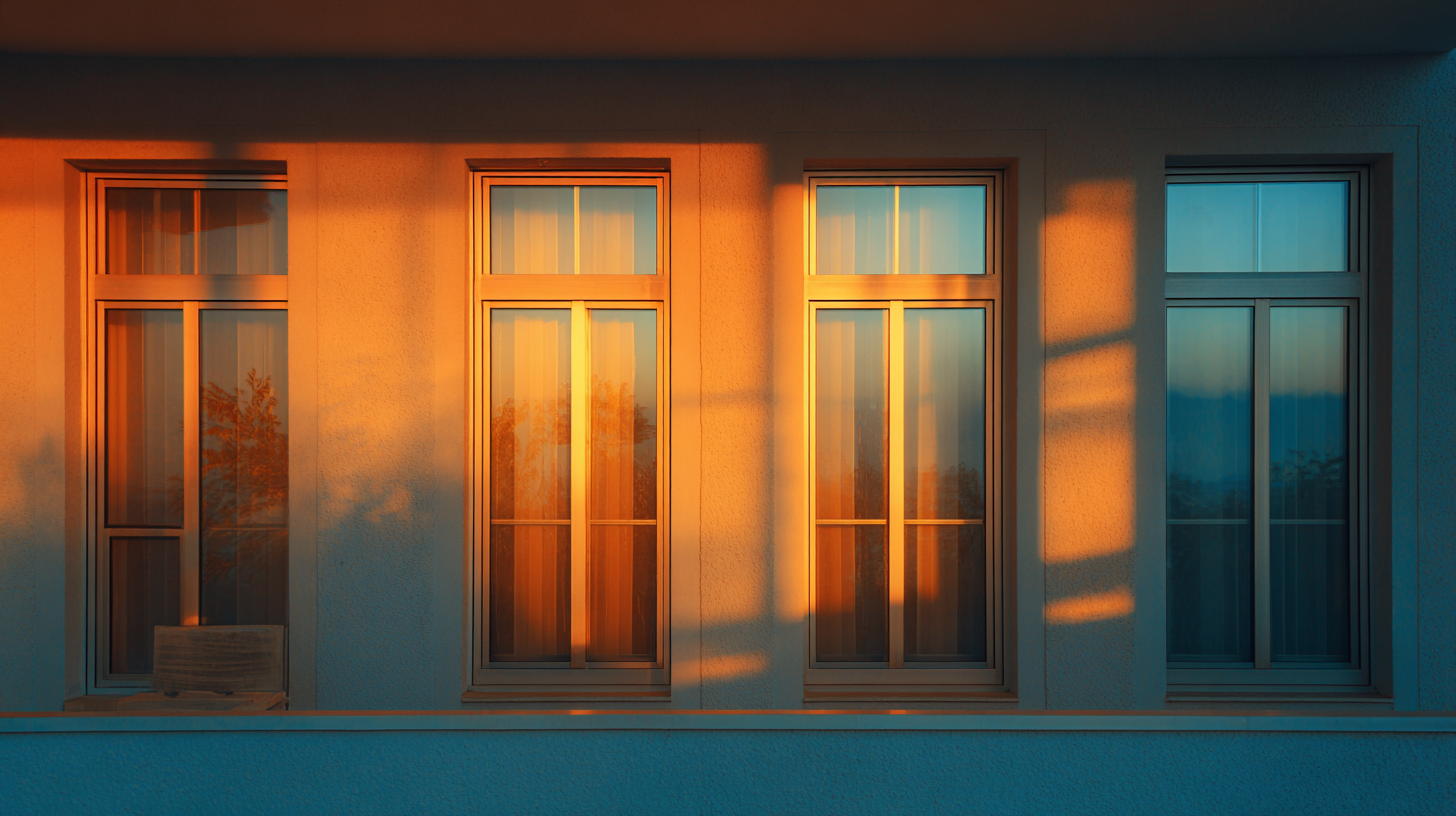
Understanding energy efficiency standards for windows and doors is crucial for homeowners looking to improve their energy consumption and reduce utility bills. The U.S. Department of Energy (DOE) highlights that modern windows can reduce energy costs by up to 30% when paired with energy-efficient doors, significantly lowering greenhouse gas emissions in the process. Products that meet the ENERGY STAR® ratings demonstrate superior performance in both insulation and solar heat gain, making them a preferred choice for sustainable homes.
The National Fenestration Rating Council (NFRC) provides rigorous testing and labeling for windows and doors, ensuring consumers have access to standardized data that reflects real-world performance. This includes metrics such as U-factor (thermal transmittance), Solar Heat Gain Coefficient (SHGC), and Visible Transmittance (VT). For instance, choosing windows with a U-factor below 0.30 can lead to substantial savings on heating and cooling costs. Industry research indicates that upgrading to ENERGY STAR® qualified products can save a homeowner approximately $125 to $465 annually, depending on climate and the efficiency of existing fixtures. Investing in high-performance windows and doors not only enhances comfort but also contributes to long-term financial savings and environmental sustainability.
| Feature | Energy Efficiency Standard | Benefits | Estimated Savings (%) |
|---|---|---|---|
| Low-E Glass | IGCC Certified | Reduces heat transfer | 15-20% |
| Triple Glazing | ENERGY STAR Rated | Improves insulation | 30-50% |
| Fiberglass Frames | AAMA Certified | Durable and energy-efficient | 10-15% |
| Weatherstripping | IRRC Approved | Prevents air leaks | 5-10% |
| Solar Control Glass | NFRC Rated | Reduces cooling costs | 20-30% |
Selecting the right materials for windows and doors is crucial for achieving optimal insulation performance in your home. Energy-efficient options such as
double or triple-pane glass, combined with low-emissivity (Low-E) coatings, can significantly reduce heat transfer. These coatings reflect infrared light, keeping your home cooler in the summer and warmer in the winter, while also blocking harmful
UV rays that can fade interiors.
Additionally, frame materials like fiberglass and vinyl offer superior insulation compared to traditional wood or aluminum, minimizing thermal bridging and air leaks.
Another vital consideration is the weatherstripping and sealing used in windows and doors. High-quality weatherstripping can prevent drafts and moisture infiltration, enhancing overall energy efficiency.
Proper installation is also essential; even the best materials will underperform if not installed correctly. By prioritizing energy-efficient materials and ensuring expert installation, homeowners can dramatically improve insulation performance, leading to
reduced energy bills and a more comfortable living environment.
When it comes to enhancing energy efficiency in your home, the installation of modern windows and doors plays a crucial role. Even the highest-rated energy-efficient windows can underperform if not installed correctly. Poor installation can lead to air leaks, increased energy costs, and diminished comfort levels in your home. Therefore, it is essential to choose a professional installer who understands the nuances of proper fitting and sealing.
Tips: Before installation, ensure that the installer conducts a thorough assessment of your home’s specific needs. This includes checking for existing drafts and ensuring that the frame structure is in optimal condition. Furthermore, ask about the type of insulation they recommend to enhance the energy efficiency of your windows and doors.
Another key aspect is proper sealing. Use high-quality materials that can withstand temperature changes and prevent air leaks. Take the time to inspect the installation after completion; small issues can often be addressed quickly, preventing larger problems down the line. By prioritizing proper installation techniques, you can maximize the performance of your modern windows and doors and achieve significant energy savings in your home.
Modern windows and doors play a pivotal role in enhancing energy efficiency within homes, thanks to the innovative technologies that have emerged in recent years. One significant advancement is the use of energy-efficient glazing techniques, which include double and triple-pane glass that minimizes heat transfer. These multi-layered systems trap air or gas between layers, acting as insulators that keep homes warmer in winter and cooler in summer. Low-emissivity (Low-E) coatings are another breakthrough, reflecting heat back into the home while allowing natural light to enter, thus reducing dependency on artificial heating and cooling.
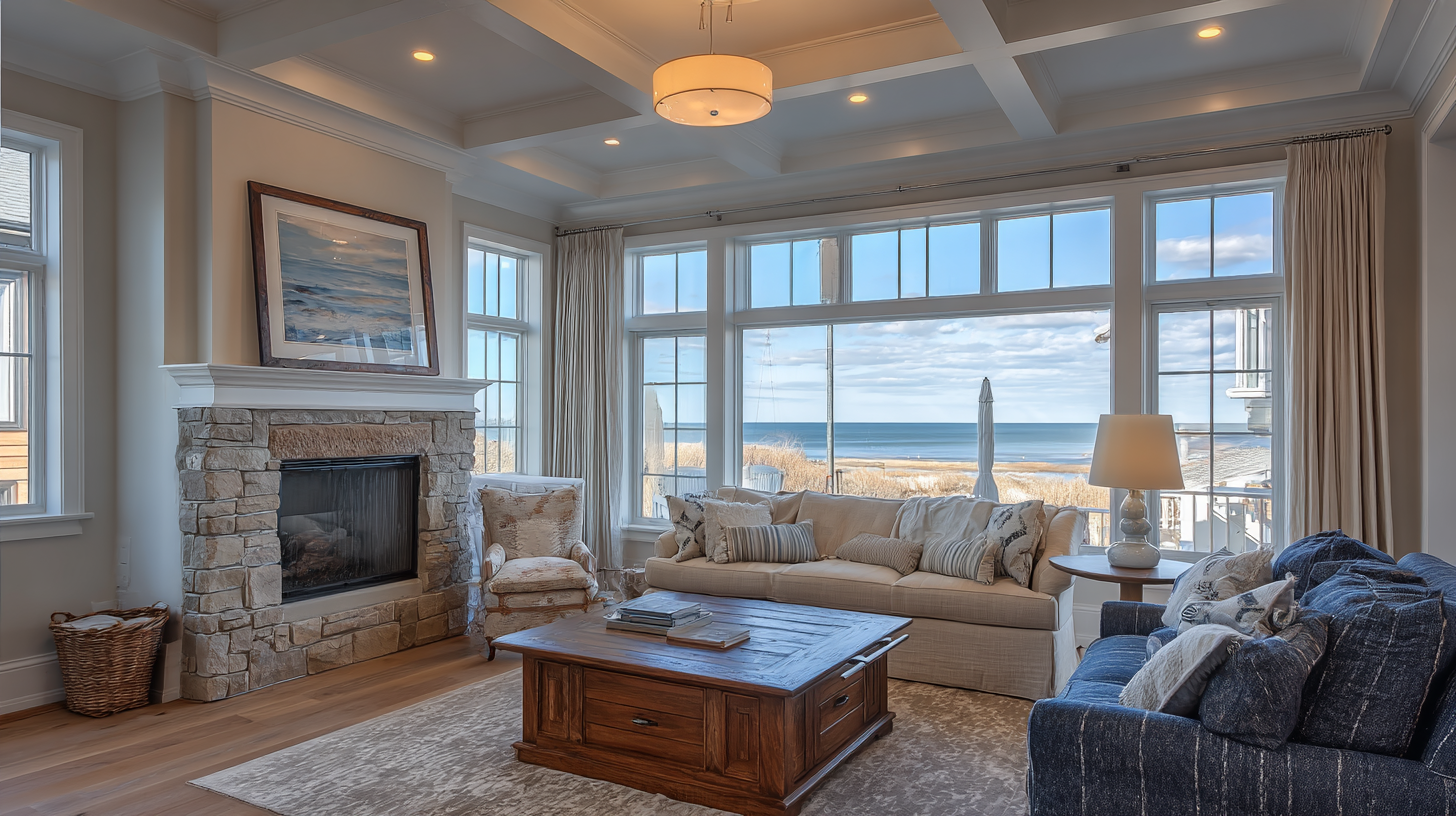
In addition to advanced glazing, smart window technologies are gaining traction. These include electrochromic glass that can change tint according to sunlight exposure, enhancing comfort while reducing glare and the need for artificial lighting. Furthermore, modern doors now integrate features such as weather stripping and composite materials that provide superior insulation compared to traditional wood or metal options. By adopting these state-of-the-art technologies, homeowners can significantly lower their energy bills and contribute to a more sustainable environment without compromising on aesthetics or comfort.
 Upgrading to energy-efficient windows and doors can lead to significant long-term savings and environmental benefits. According to the U.S. Department of Energy, windows account for up to 25-30% of residential heating and cooling energy use. By investing in ENERGY STAR-rated products, homeowners can reduce energy costs by as much as 12% annually. In fact, the average return on investment for replacing older windows with modern, energy-efficient versions can reach between 70% to 80%, depending on the specifics of the project.
Upgrading to energy-efficient windows and doors can lead to significant long-term savings and environmental benefits. According to the U.S. Department of Energy, windows account for up to 25-30% of residential heating and cooling energy use. By investing in ENERGY STAR-rated products, homeowners can reduce energy costs by as much as 12% annually. In fact, the average return on investment for replacing older windows with modern, energy-efficient versions can reach between 70% to 80%, depending on the specifics of the project.
Furthermore, the National Association of Realtors (NAR) highlights that energy efficiency is a key selling point in today's real estate market. Homes with upgraded windows and doors are not only more appealing but can also command higher resale values. The NAR reports that such improvements can increase a home’s value by up to 10%. Additionally, energy-efficient windows and doors contribute to reduced carbon footprints, making them an environmentally responsible choice that aligns with growing consumer demand for sustainable living.

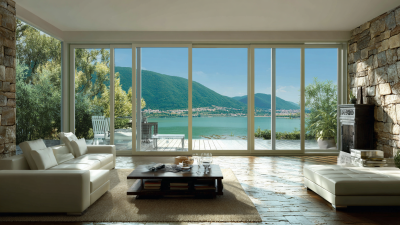
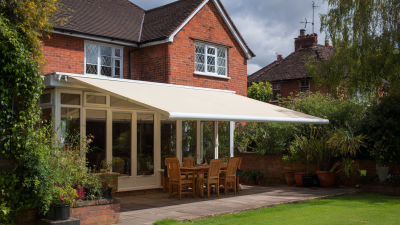
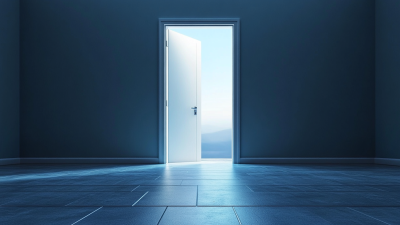


© 2025 Fiberama All Rights Reserved.
